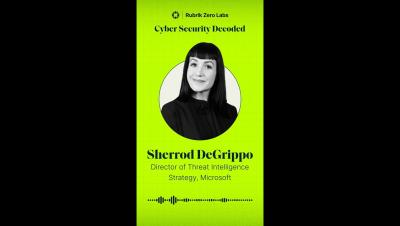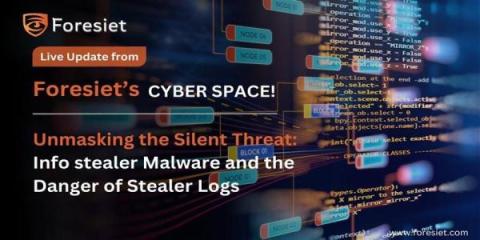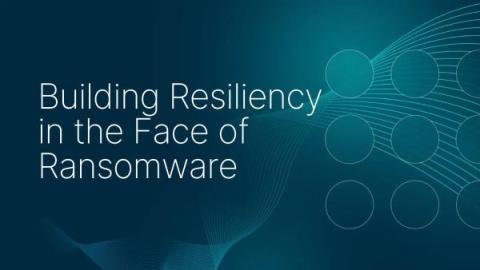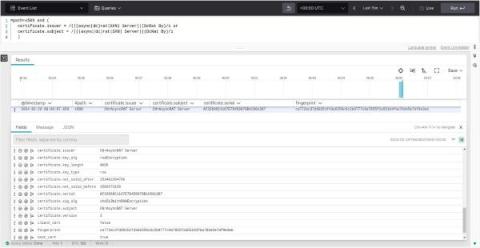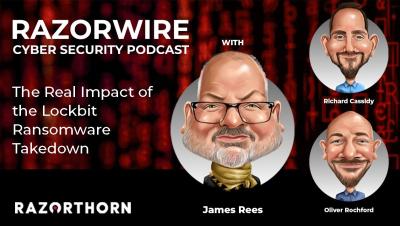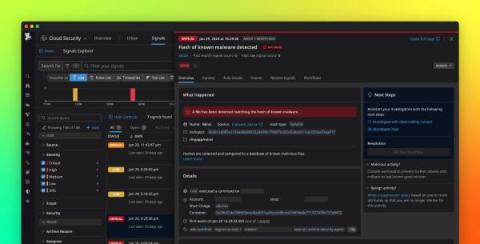Kill Ransomware: A New Entrant Strikes, Breaching Kerala Police and Beyond
In the ever-evolving landscape of cybersecurity threats, new players emerge with alarming frequency, and the latest to make waves is "Kill Ransomware." With a formation date in 2023, this group wasted no time in announcing its presence on the dark web, enticing skilled hackers to join its ranks. Leveraging sophisticated tactics, Kill Ransomware has swiftly executed four notable breaches, sending shockwaves through the digital realm.



